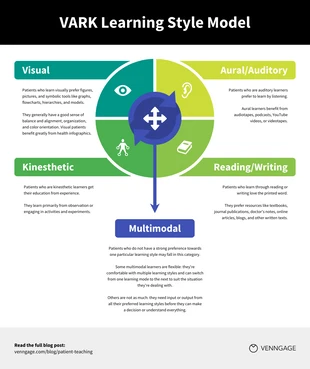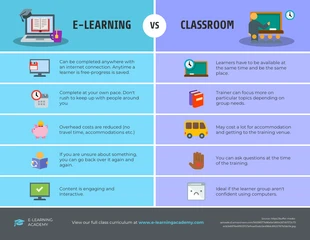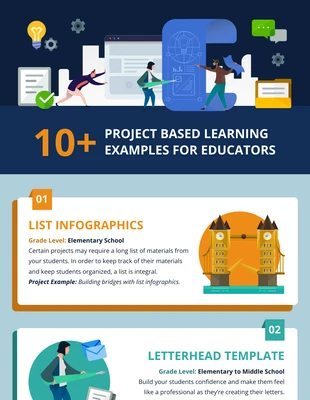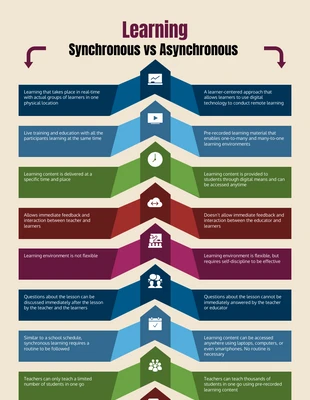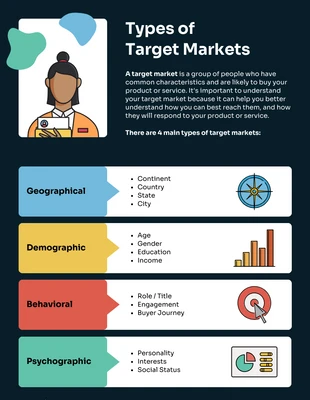
Synchronous Learning Examples Infographic Template
What is synchronous and asynchronous learning? Edit and customize this infographic about synchronous learning examples from Venngage to get started.
100% customizable templates
Millions of photos, icons, charts and graphics
AI-powered editing features
Effortlessly share, download, embed and publish
Easily generate QR codes for your designs
- Design stylemodern
- Colorsvibrant
- SizeCustom (816 x 1350 px)
- File typePNG, PDF, PowerPoint
- Planfree
Do you know the difference between synchronous and asynchronous learning experiences? Which one offers the best structure for learning? Should organizations pursue synchronous or asynchronous learning? This infographic about synchronous learning examples from Venngage will help you understand the similarities and differences between the two popular learning structures. Synchronous learning is the traditional learning structure where a teacher interacts in real time with students. It is the type of learning that takes place with actual groups of learners in one physical location, delivered at a specific time and place. Similar to a school schedule, synchronous learning requires a routine to be followed. Questions about the lesson can be discussed immediately after the lesson by the teacher and the learners, allowing a more direct interaction that can build a better sense of belongingness and communication. Asynchronous learning, on the other hand, is a more learner-centered approach that allows learners to use digital technology to conduct remote learning. The learning content is provided to students through digital means and can be accessed anytime and anywhere by the learners. In asynchronous learning, pre-recorded learning materials

